Figures & data
Figure 1. Summary of the results from (Ahn et al. Citation2013). Results are the same for both the male (James) and the female characters (Kamila). Basic emotions were rated as less realistic with asymmetry whereas complex emotions were rated as more realistic with degree of asymmetry.
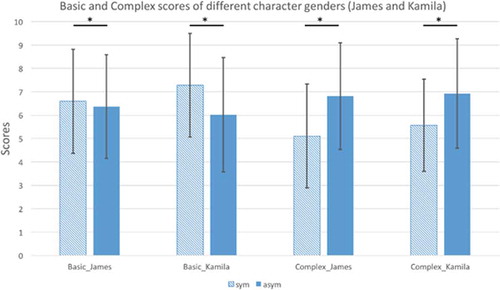
Figure 2. Facial expressions for a basic emotion (sadness). This asymmetric facial expression (left) is slightly amplified on the character’s left side of the face. It is built by biasing a single emotion (right).
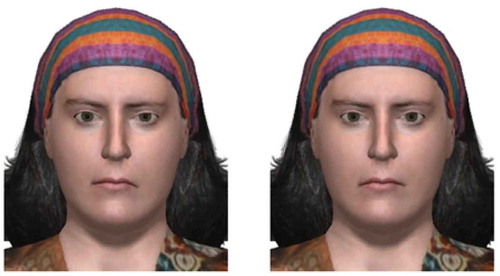
Figure 3. Facial expressions for a complex emotion (vicious) combining two distinct VAD states for the asymmetric facial expression (left). The symmetric facial expression is obtained by averaging the VAD coordinates of the two asymmetric components (right).
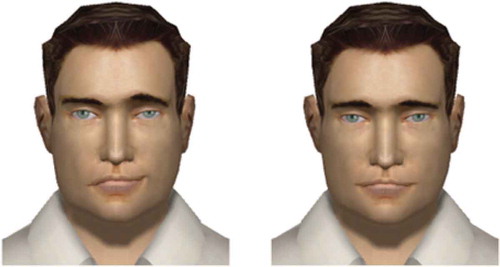
Figure 4. (left) One of the four illustrations of a keyword showing a symmetric and an asymmetric facial expression on the male agent. The other three combinations for this agent and keyword were obtained by swapping the location of the two faces (a) and by mirroring the left and right sides of the asymmetrical face (b). (Right) The stimuli display setup on a 30” screen.
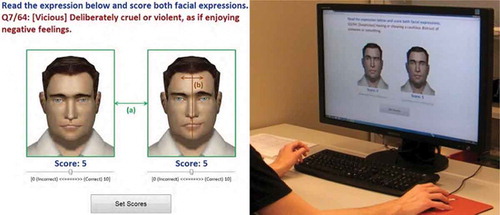
Table 1. Screen location influence (p-value).
Table 2. Side of the facial asymmetry influence (p-value).
Table 3. Subject gender and character gender (p-value), different scores of symmetry and asymmetry given by male and female subjects.
Table 4. Subject gender and asymmetry (p-value).
Table 5. keywords and the associated short definitions.
Table 6. VAD coordinates of ANEW keywords exploited for building the asymmetric expressions. LR indicates the left-biased asymmetric expression.
Table 7. One of the four combinations of each of the eight keywords for the male and female agent’s facial expressions. Facial expression stimuli (one of the four possible combinations per character) for the eight emotions:
Figure 5. Experimental conditions. The four layout possibilities of an emotion combining the location of the symmetric facial expression either on the left or the right side of the screen (screen location), and the two possible designs of the asymmetric expression (facial asymmetry).
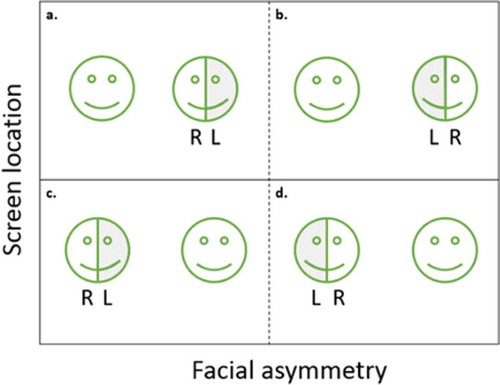
Figure 6. Evaluation of basic and complex emotions depending on the two cases of facial asymmetry as depicted in .
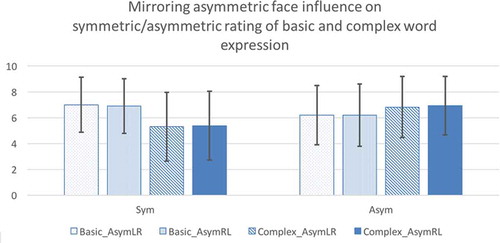
Figure 7. Lack of influence of subject’s gender and virtual character gender in the evaluation of the eight emotional words.

